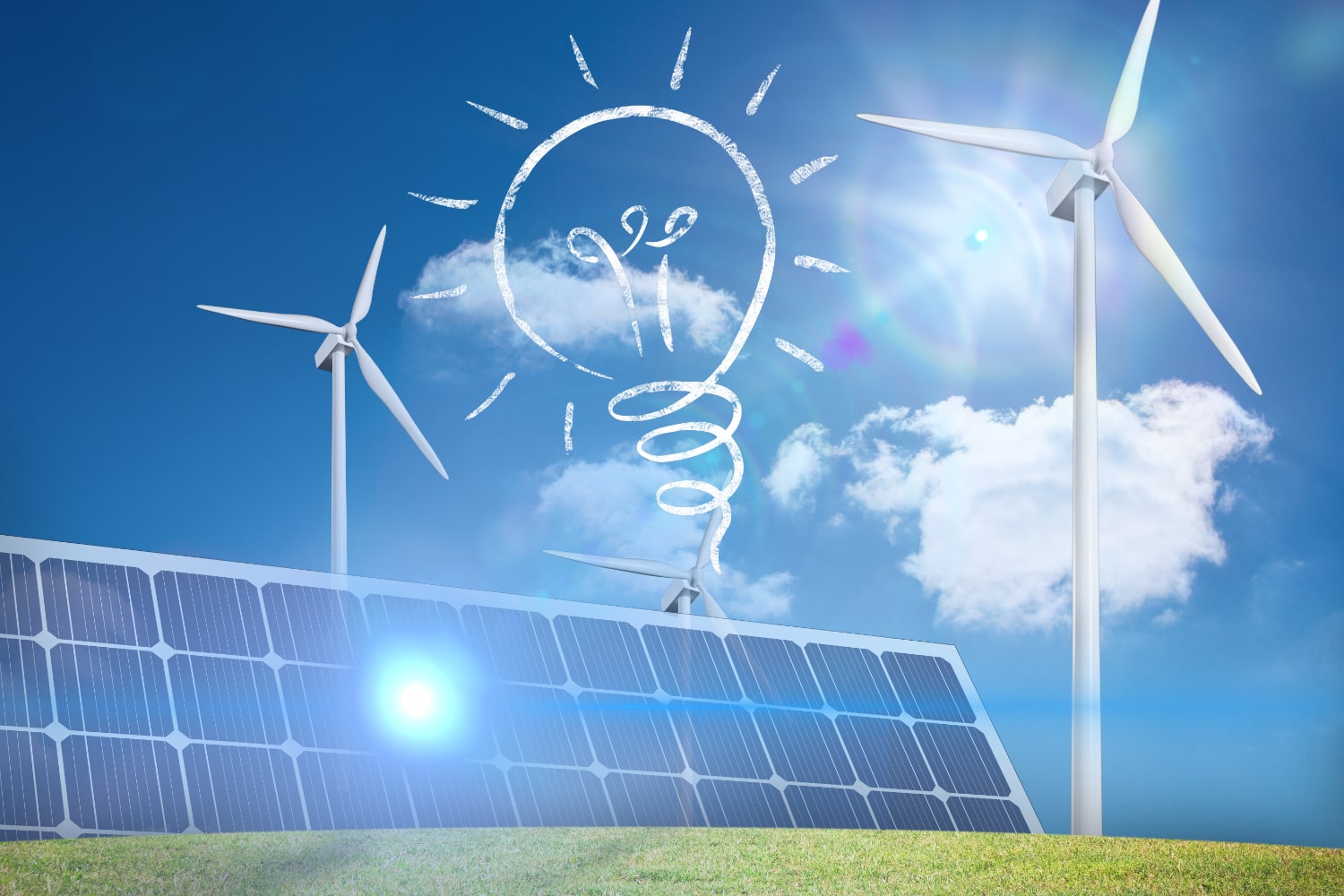In the global push toward renewable energy dominance, the energy sector has zeroed in on a crucial metric: the Levelized Cost of Energy (LCOE). For Namibia, with its vast renewable resources and ambitions to become a leader in green energy and its derivates, cracking the LCOE puzzle is not just a goal— it’s an imperative. Achieving the lowest possible LCOE will determine the country’s ability to provide affordable green electricity and compete on a regional and global scale, attract investment, and drive sustainable economic transformation.
Namibia’s renewable energy ambitions position it as a potential leader in Africa’s green transition. With abundant solar irradiance, strong coastal winds, and aspirations to become a hub for green hydrogen and e-fuels, the country is poised for transformation. However, achieving this vision requires addressing a critical technical and economic hurdle: the Levelized Cost of Energy (LCOE). Often seen as a technical metric, LCOE has profound implications for energy affordability, industrial competitiveness, and equitable access to electricity across the continent (International Renewable Energy Agency [IRENA], 2023). LCOE, the cornerstone of energy economics, is a measure of the total cost of building and operating an energy project over its lifetime, normalized by the energy it generates. A lower LCOE makes renewable energy projects more financially attractive, allowing them to compete directly with fossil fuels and other renewables.
Namibia’s energy ambitions hinge on this metric, particularly internal generation capacity and for large-scale exports of green hydrogen and e-fuels like e-methanol, which must meet competitive price points to capture global markets. LCOE is the definitive measure of what it costs to produce one kilowatt-hour of electricity over a project’s lifetime. It balances the books on capital expenditures (CAPEX), operational costs, and energy output. A lower LCOE means more affordable, competitive energy—a make-or-break factor as the world demands greener, cheaper solutions to combat climate change.
Namibia’s energy ambitions are clear. From its vast solar fields bathed in year- round sunshine to the untapped potential of its windswept coastline, and untapped ocean, the country has the resources to lead in renewable energy. But the success of these projects hinge on one thing: achieving the lowest possible LCOE.
Here’s why it matters. Namibia’s green hydrogen, its derivatives and the whole green industry dreams are built on the promise of exporting sustainable energy and fuels to global markets, both regionally and internationally. However, international buyers won’t just pay for the green label; they need these energies to be cost-competitive. A low LCOE ensures Namibia can deliver not just clean energy but affordable energy, unlocking massive economic potential for the region. Namibia’s green energy industries, from hydrogen electrolysis to e-methanol production, are heavily dependent on competitive energy costs. Global markets for green hydrogen and e-fuels demand efficiency and affordability, and Namibia must meet these standards to establish itself as a viable exporter. However, without stable and cost-effective energy inputs, such projects risk being uncompetitive. The implications of LCOE extend further to the consumer level. For Namibia, lowering LCOE is essential to ensuring that renewable energy is both affordable and scalable. High LCOE leads to elevated electricity tariffs, placing renewable energy out of reach for many consumers and stifling industrial growth. In a country where energy poverty remains a pressing issue, and on a continent where 600 million people lack access to electricity, affordability is not just a financial concern—it is a matter of justice and development (World Bank, 2024). From a consumer perspective, lowering LCOE ensures that the benefits of renewable energy are broadly accessible. Affordable electricity tariffs enable households to transition away from fossil fuels, reducing energy poverty and boosting disposable income. For industrial users, low-cost energy is a catalyst for growth, enabling businesses to expand and compete in regional and global markets (World Bank, 2024). On a broader scale, Namibia’s ability to achieve low LCOE has implications for Africa’s energy transition. Across the continent, high energy costs and limited infrastructure have hindered access to sustainable power. Namibia’s success in developing cost- competitive renewable systems could serve as a model for other African nations, fostering regional collaboration and driving economies of scale.
The stakes are particularly high in the context of global green transitions. International demand for green hydrogen and e-fuels is accelerating, and Namibia must position itself as a reliable and cost- effective supplier. Achieving the lowest LCOE is not merely a technical milestone; it is the foundation of Namibia’s competitiveness in regional and global energy markets. Namibia, blessed with abundant solar irradiance and consistent coastal winds, is well-positioned to harness renewable energy. However, the intermittency of these resources poses a significant challenge. Solar power is unavailable during nighttime and reduced during cloudy periods, while wind energy fluctuates with varying wind speeds. These patterns create gaps in energy supply, making it difficult to meet constant demand, especially for industrial processes like hydrogen electrolysis and e-fuel production.
*Gerson Nasau (Co-founder at Kaoko Green Energy Solutions (Pty) Ltd)
